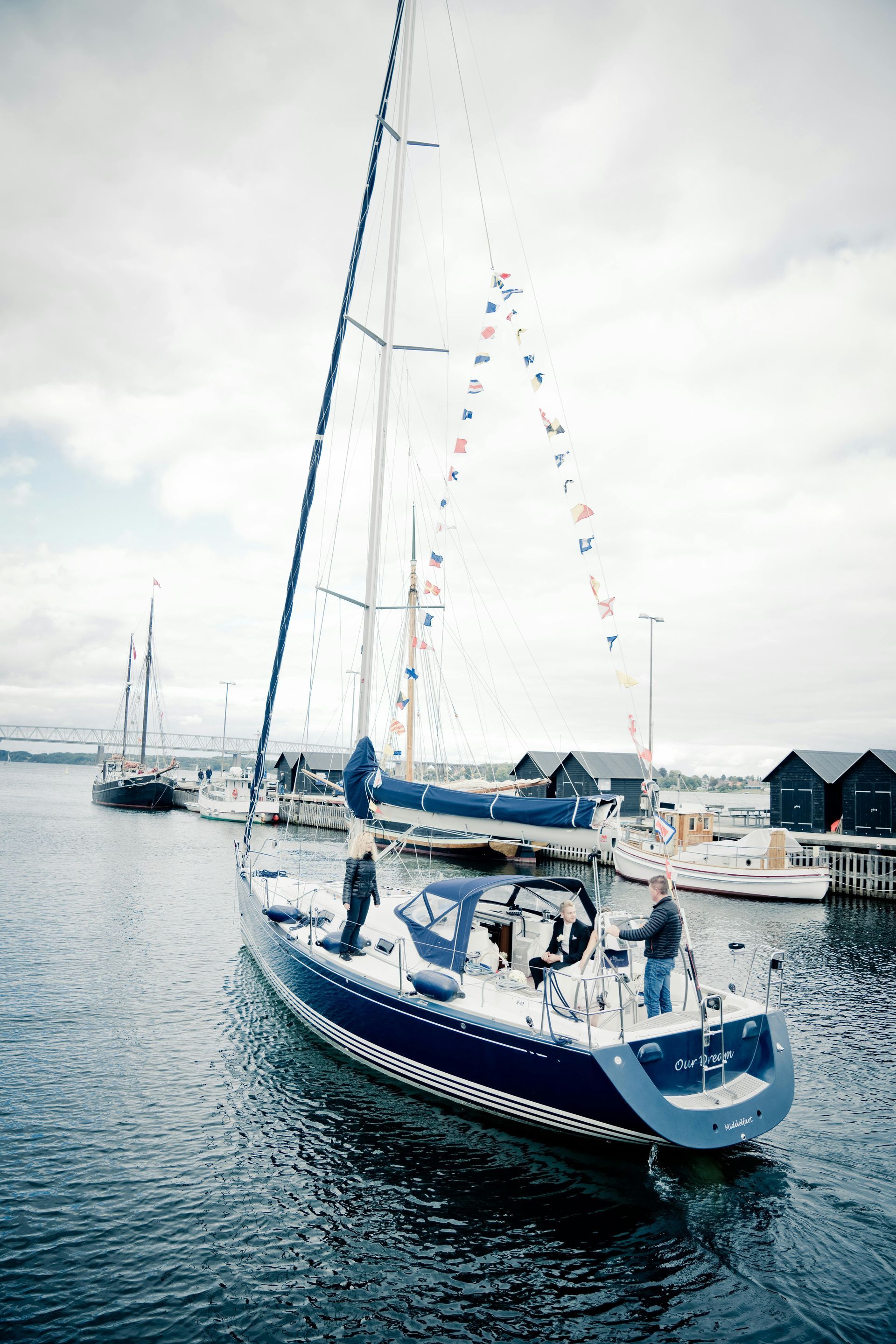Welcome to Firefly Blog
Jibing

I have started this blog to share useful information about handling sailboats based on my 60+ years of racing and cruising a wide variety of craft in many different locales and conditions. My goal is to provide helpful insights here, while piquing your interest to pursue further instruction with me or other qualified instructors.
Today’s topic is jibing, or gybing if you are of British persuasion.
My perspective on jibing was formed as a young child in a racing-oriented sailing program. We mastered jibing skills early on to sail competitively downwind on a racecourse. Unfortunately, too many non-racing sailing instructors, and even some instruction manuals, treat jibing as a dangerous maneuver to be avoided at all costs. This bias can undermine confidence in your sailing skills and put you in a dangerous situation that otherwise would be routine. I suppose fear of jibing comes from the accidental “flying jibe” phobia passed down by generations of sailors lacking proper instruction in basic boat handling.
To be sure, a “flying jibe” (especially in heavy air) is not desirable, but competent instruction and practice can help you avoid that mishap. Knowing how to jibe effectively enhances your sailing skills and gives you safer options to avoid other boats, obstructions, or running aground.
I welcome constructive comments and informed differences of opinion.
I hope to see you on the water.
Captain Dan




